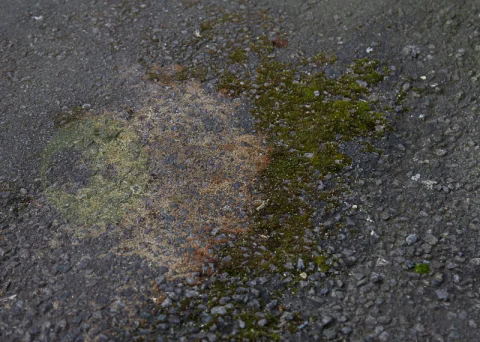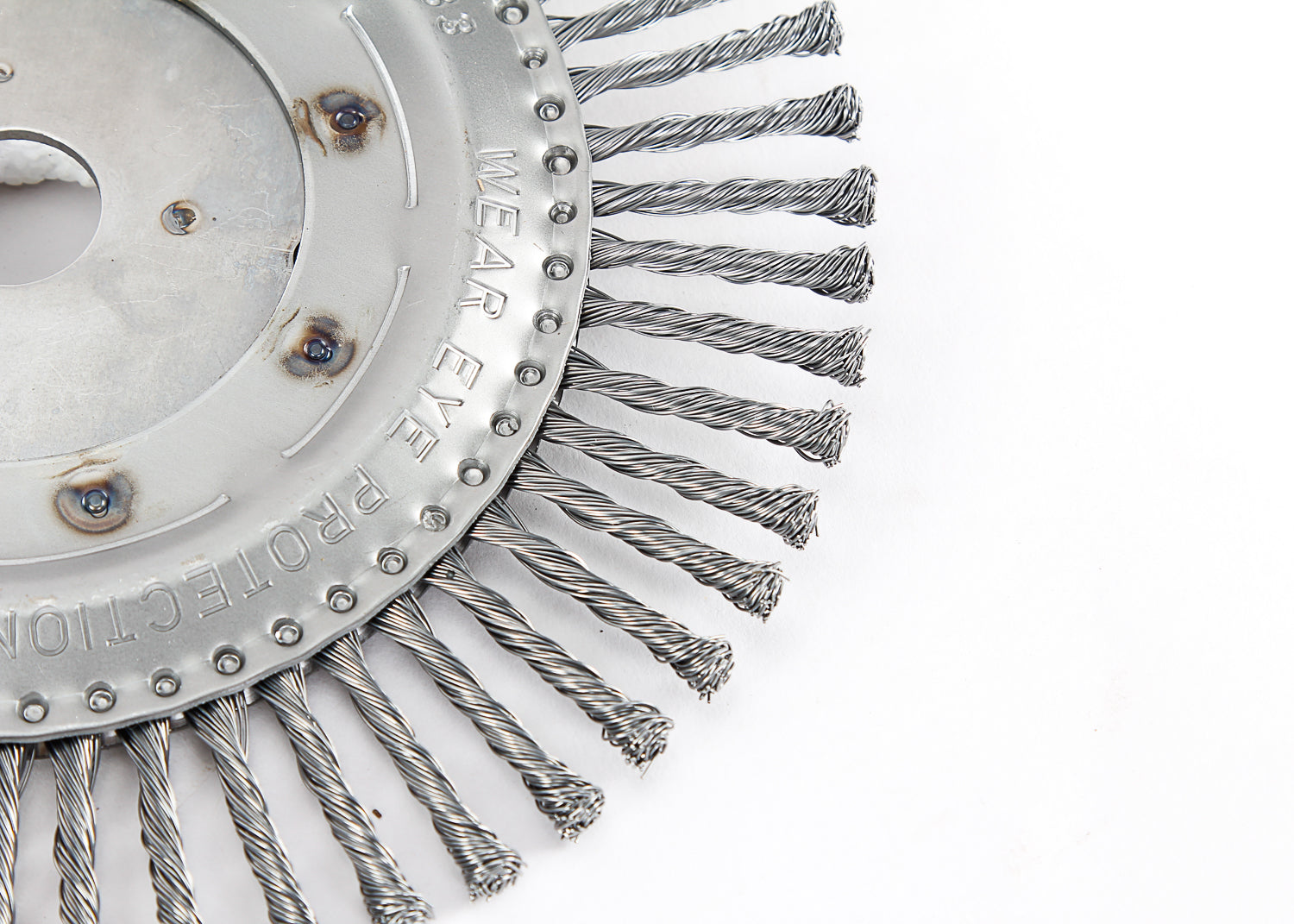How does moss spread and reproduce?


Moss has evolved to grow and spread in harsh circumstances, so it is interesting to understand how the plant develops and why specialist solutions are required to kill and prevent its spread.
Mosses do not fall into the usual type of plant type possessing roots, stem, flowers, fruit and seeds as they have none. Moss plants are usually composed of simple leaves, one cell thick, attached to stems, which do not conduct water and nutrients as usual plants would. Instead of roots, moss has threadlike rhizoids, used purely to anchor them to the surface. As moss absorbs water and makes nutrients by photosynthesis through its leaves and does not require to be rooted to survive therefore it is very easy for the plant to spread and grow in harsh conditions. It is equally as difficult to eradicate, as long as it has its two most important requirements, water and sunlight. Moss is usually most evident on north facing roofs, walls and trees. This is not because of the lack of sunlight but because this side has a more damp environment so more water means more food.
In addition, moss has evolved to survive dry periods. Many types of moss can go without water or rainfall for many months and will return to life within a few hours of re-hydration. Without treatment, the moss on your roof, patio, wall or tennis court may seem to have disappeared over the summer, only to return and thrive as soon as autumn arrives.
Moss can spread in different ways; spore dispersal through wind and insects, fragmentation and shoot growth.
Fragmentation: Just a tiny part of moss can develop into a larger plant and spread over time to cover a large area. Many mosses produce structures called gemmae on leaves or branches which are designed to break off and form new plants without the need for fertilisation. This type of asexual reproduction will lead to new populations of clones as long as the new area of growth provides the requirements of sunlight and water.
When trying to remove moss manually, such as with a brush, often the operator will spread parts of the plant or even aid the dispersal of spores. This can obviously be beneficial to moss reproduction in new areas. It is therefore a very good idea to clean the surface after brushing or scraping to give yourself the best chance of keeping a surface clean. For this we recommend using our pH neutral surface cleaner - Baticlean CR.
Shoots: Moss can also spread by sending out shoots. It is very simple for moss to quickly spread along cracks between paving stones for example. When using a tool to scrape moss from cracks, much of the plant can be left behind to regrow and so it is essential try to remove as much growth as possible from the surface.


